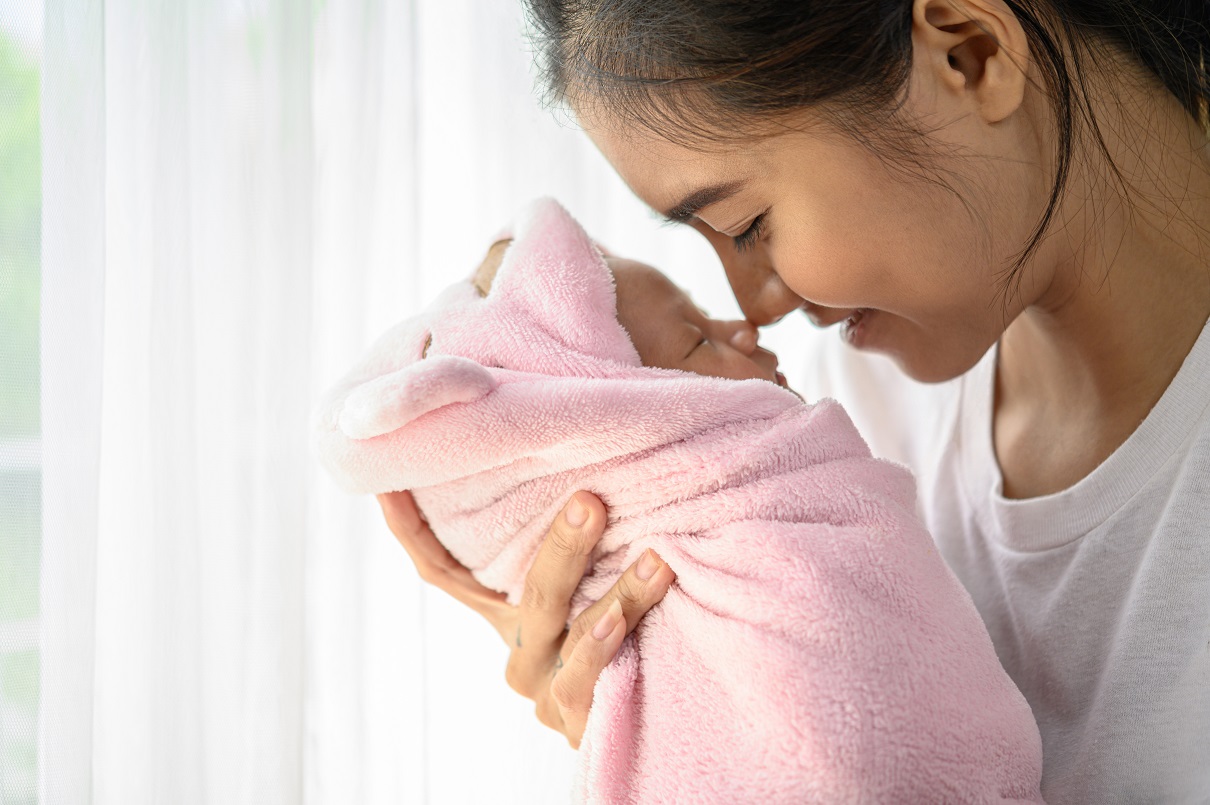Mother-to-child transmission of hepatitis B occurs frequently either in the uterus, through placental leakage, or through exposure to blood or blood-contaminated fluids at or around the time of birth. This form of transmission (sometimes called “vertical transmission”) is believed to account for between a third and a half of hepatitis B infections, and so a way to easily prevent it would do a huge amount to reduce the number of people living with hepatitis B in the long term.
Continue reading “Eliminating Mother-to-Baby Hep B Transmission?”





